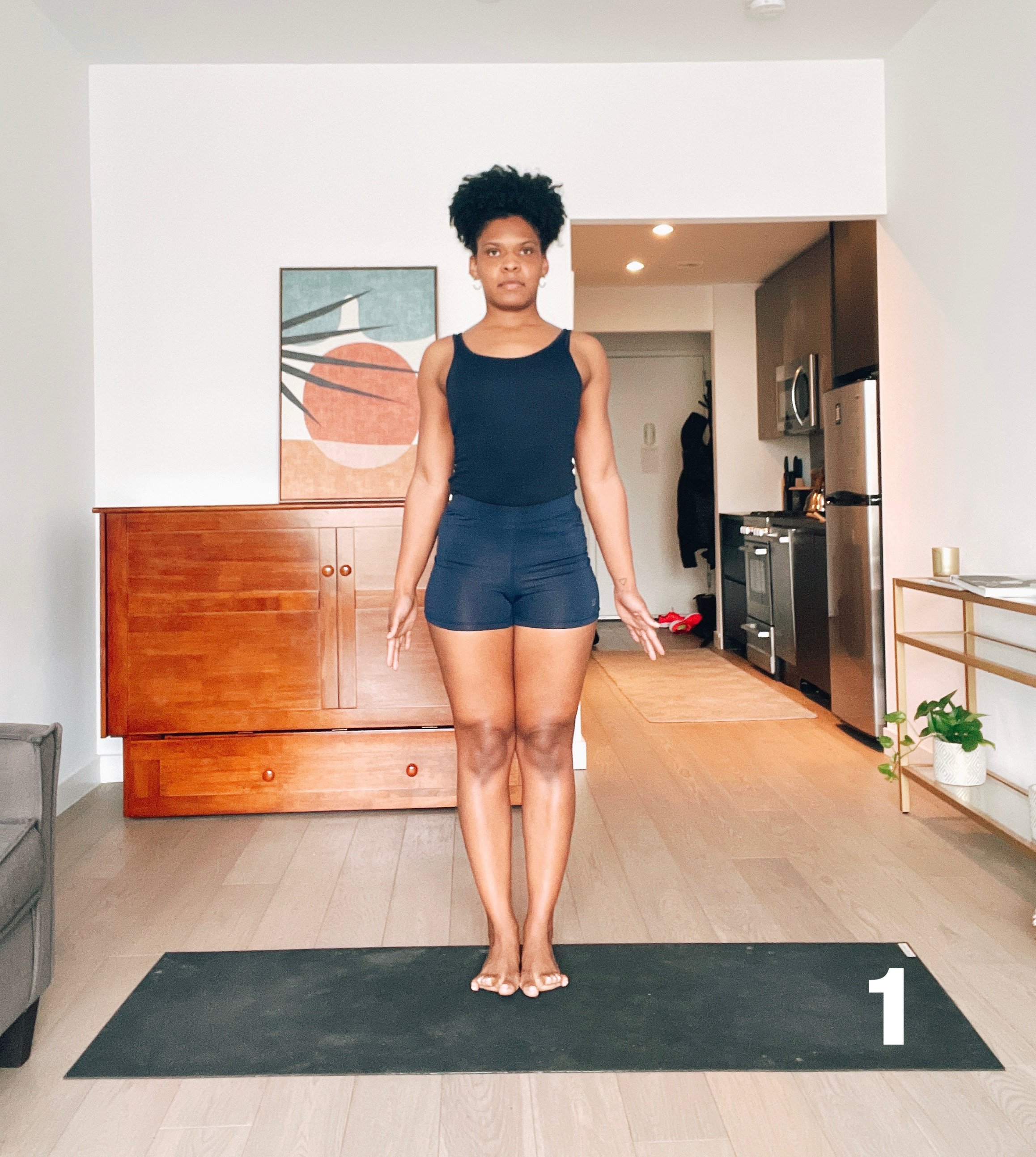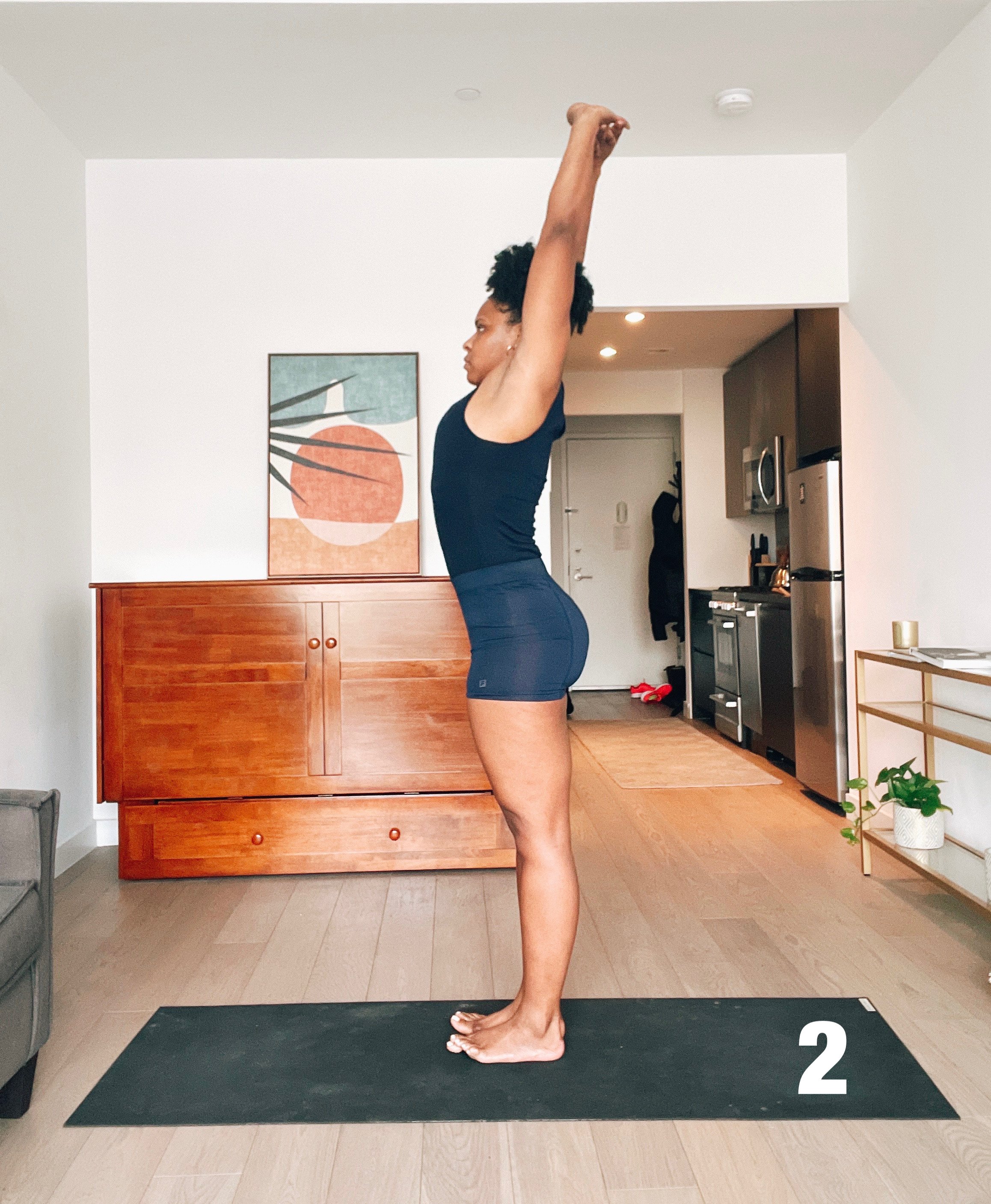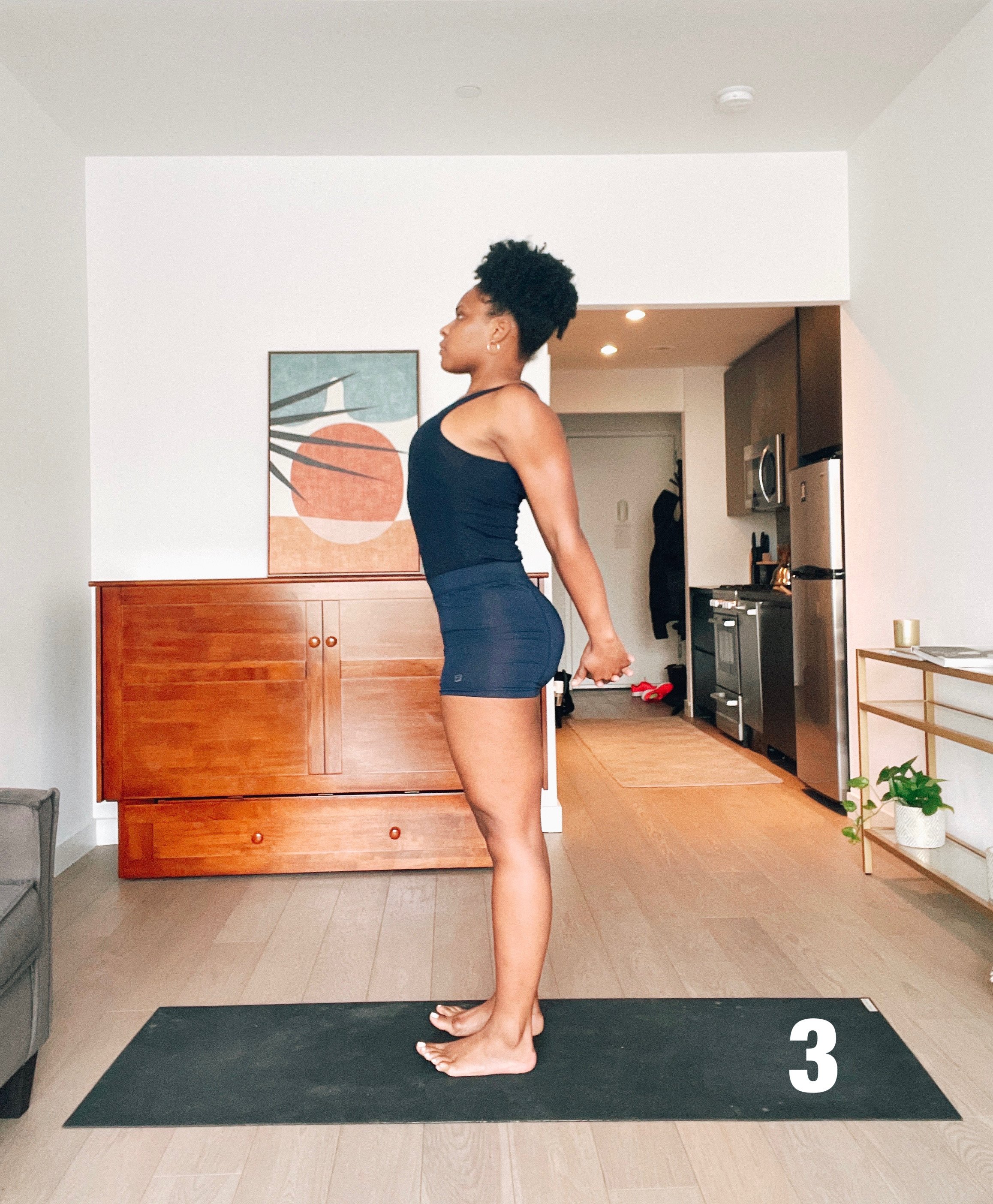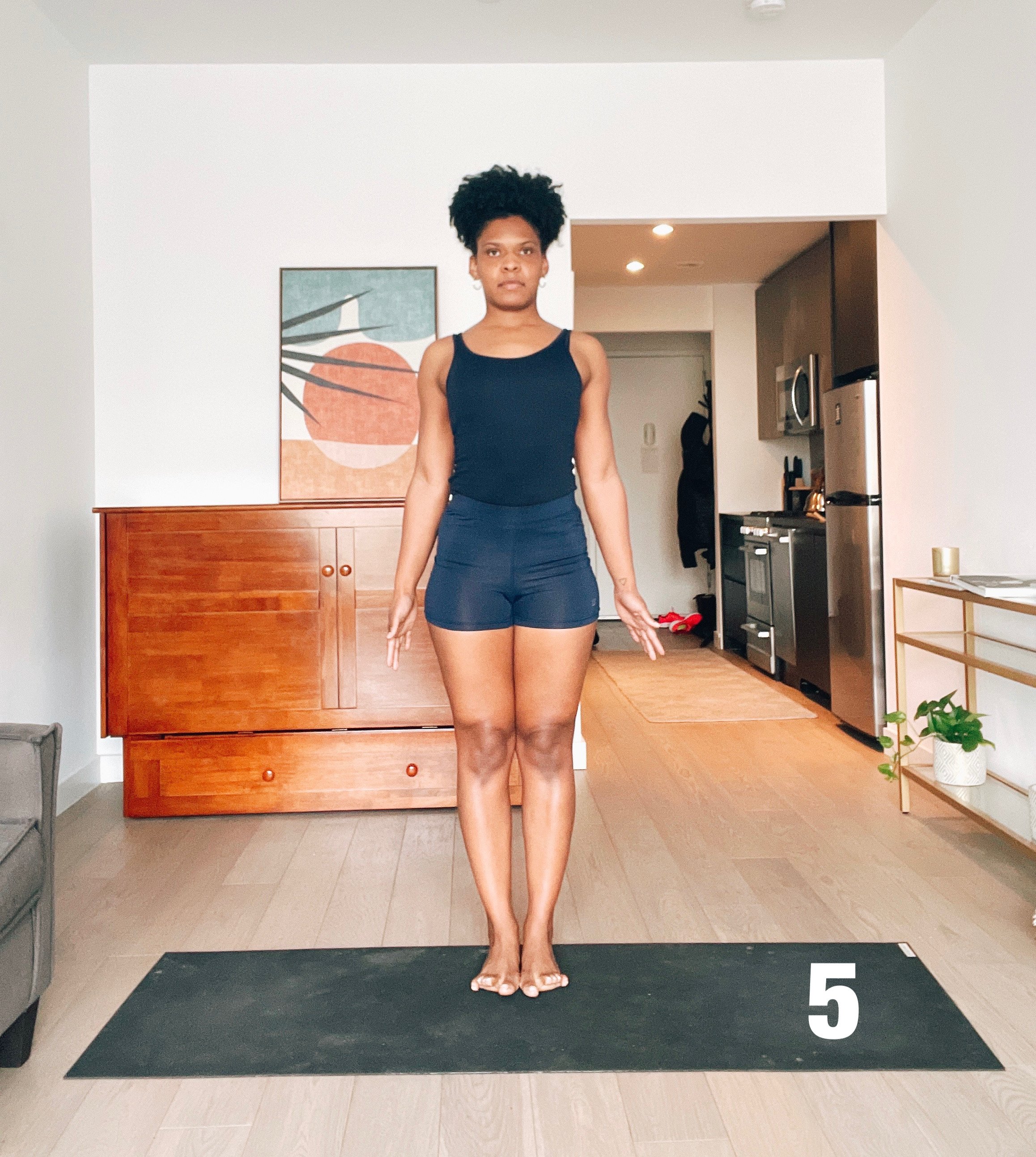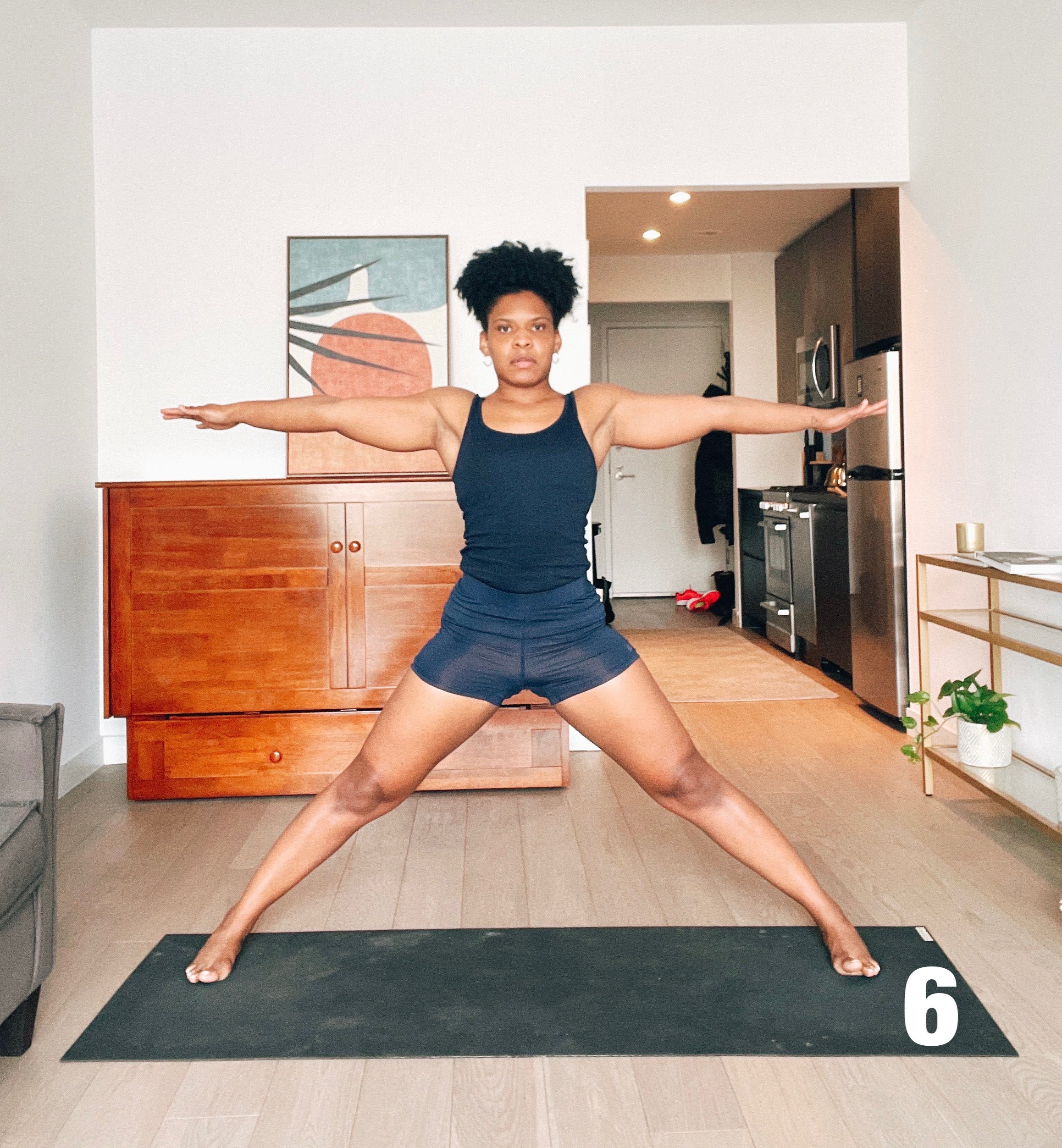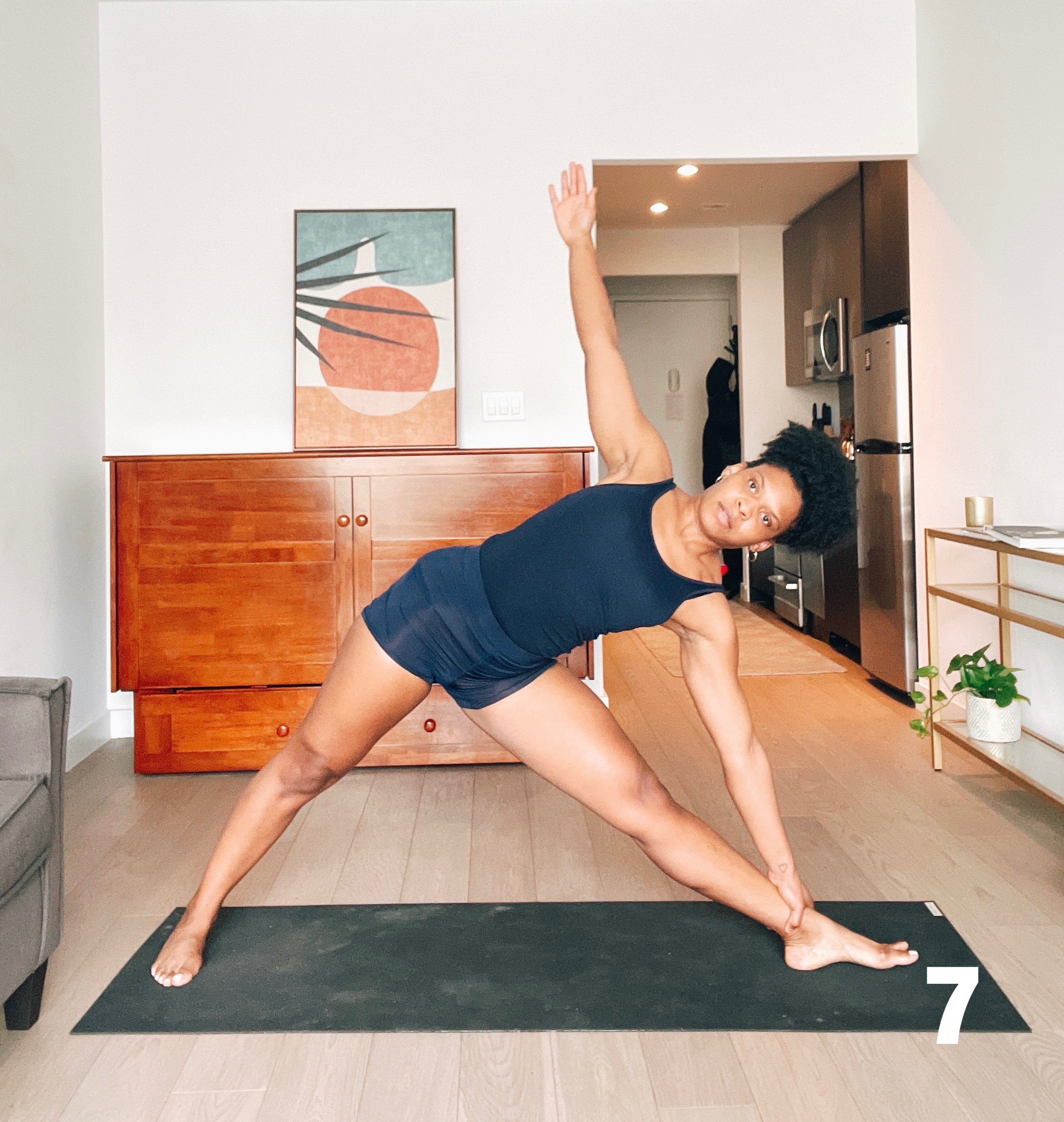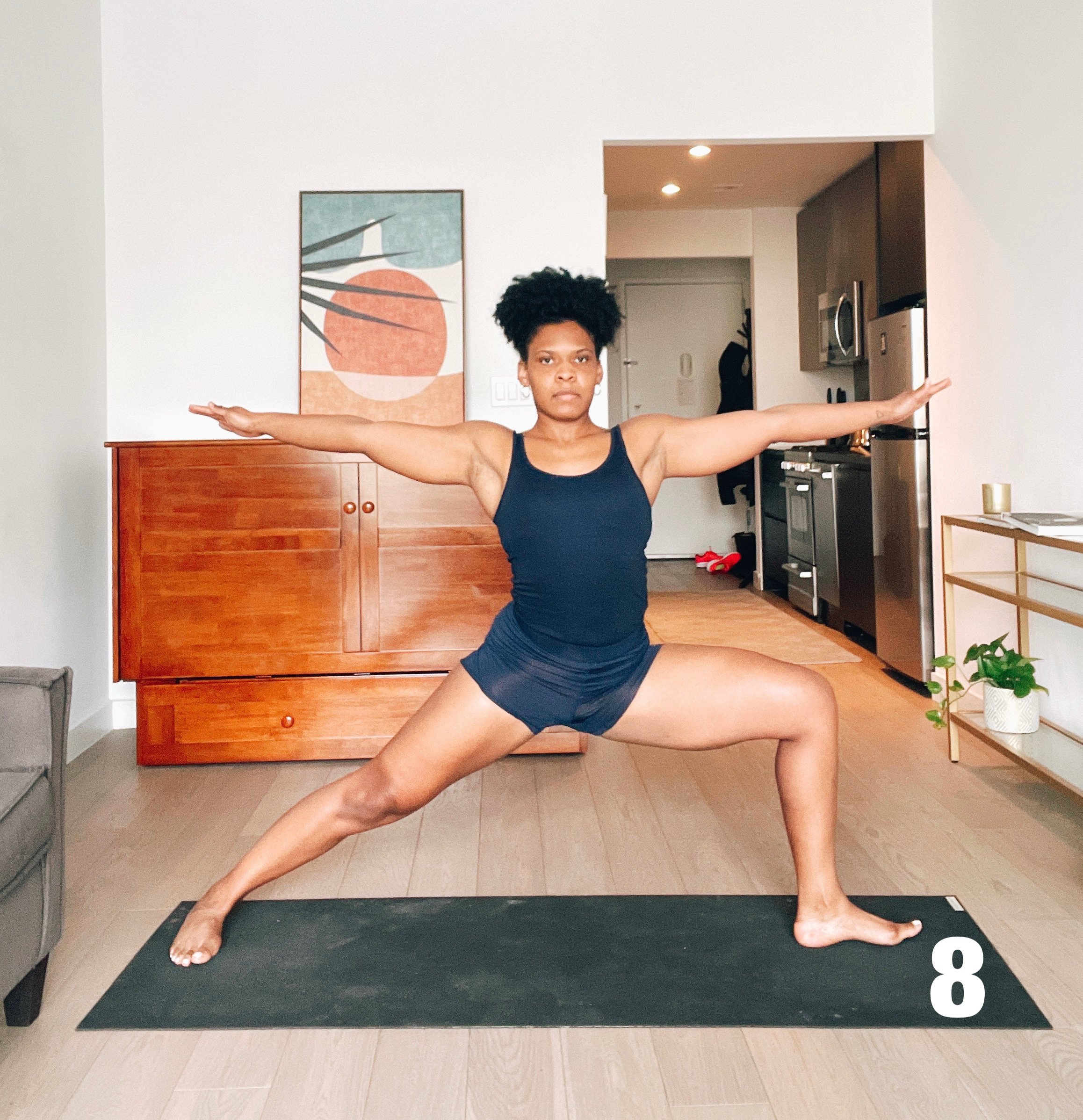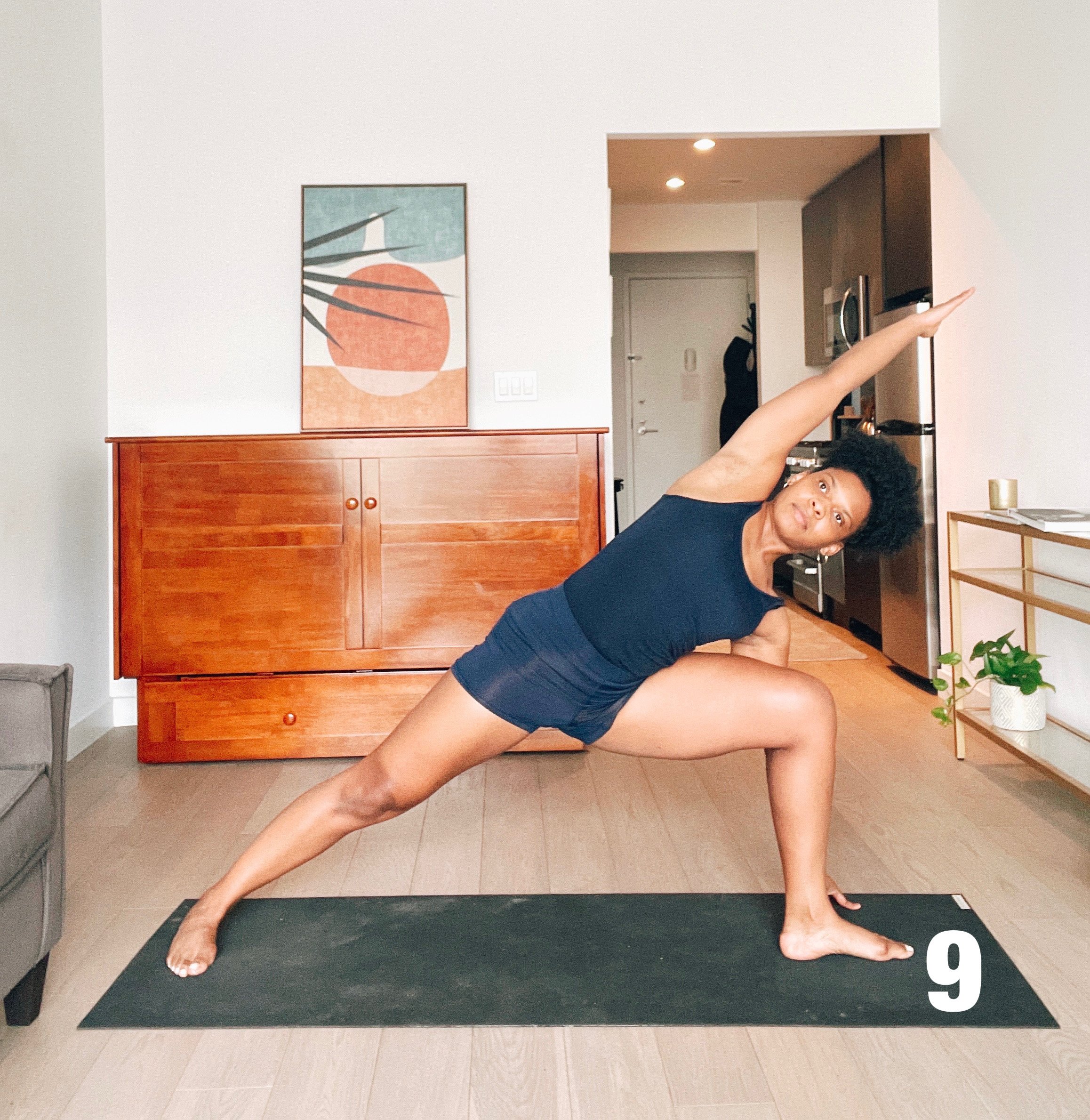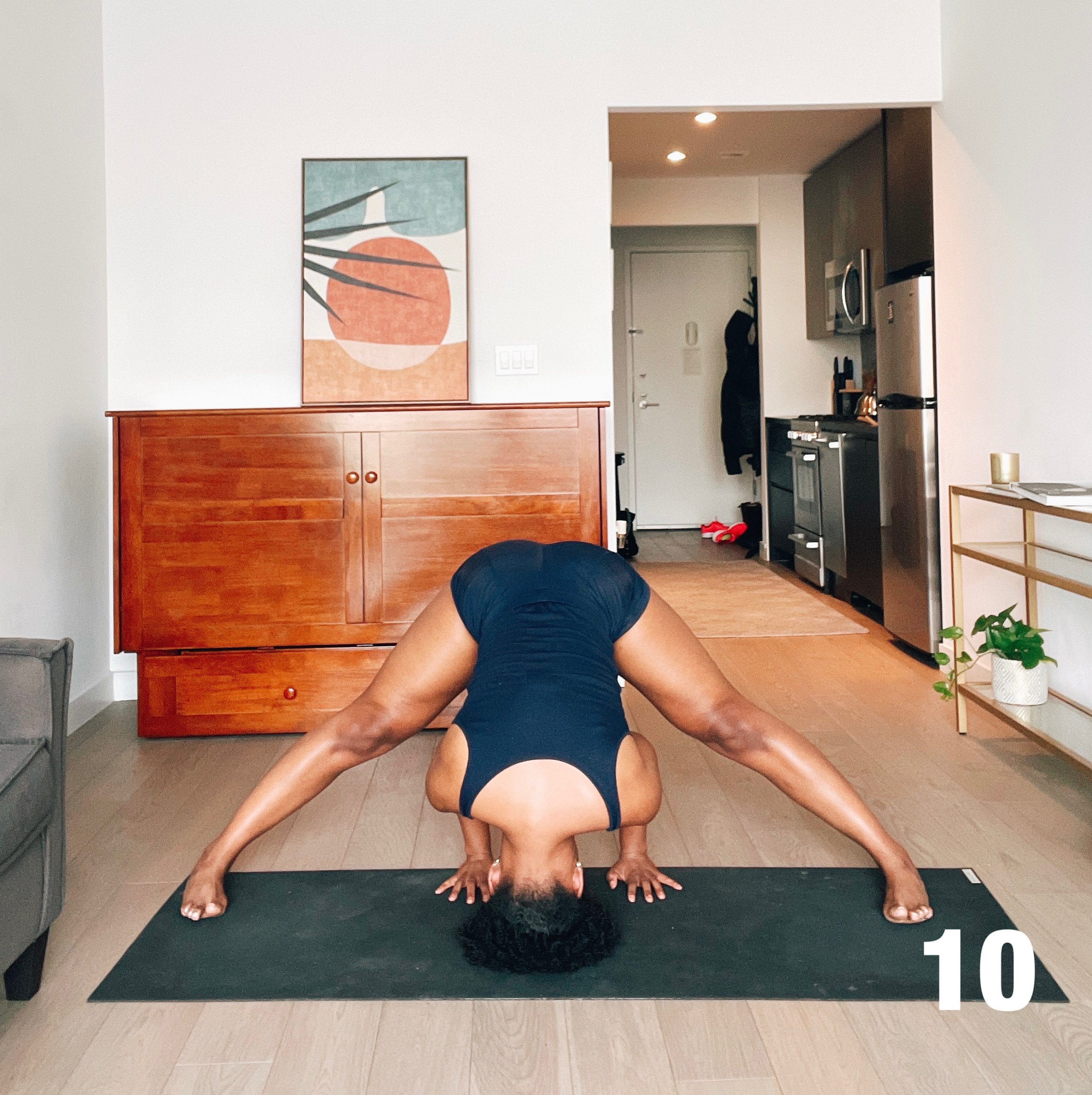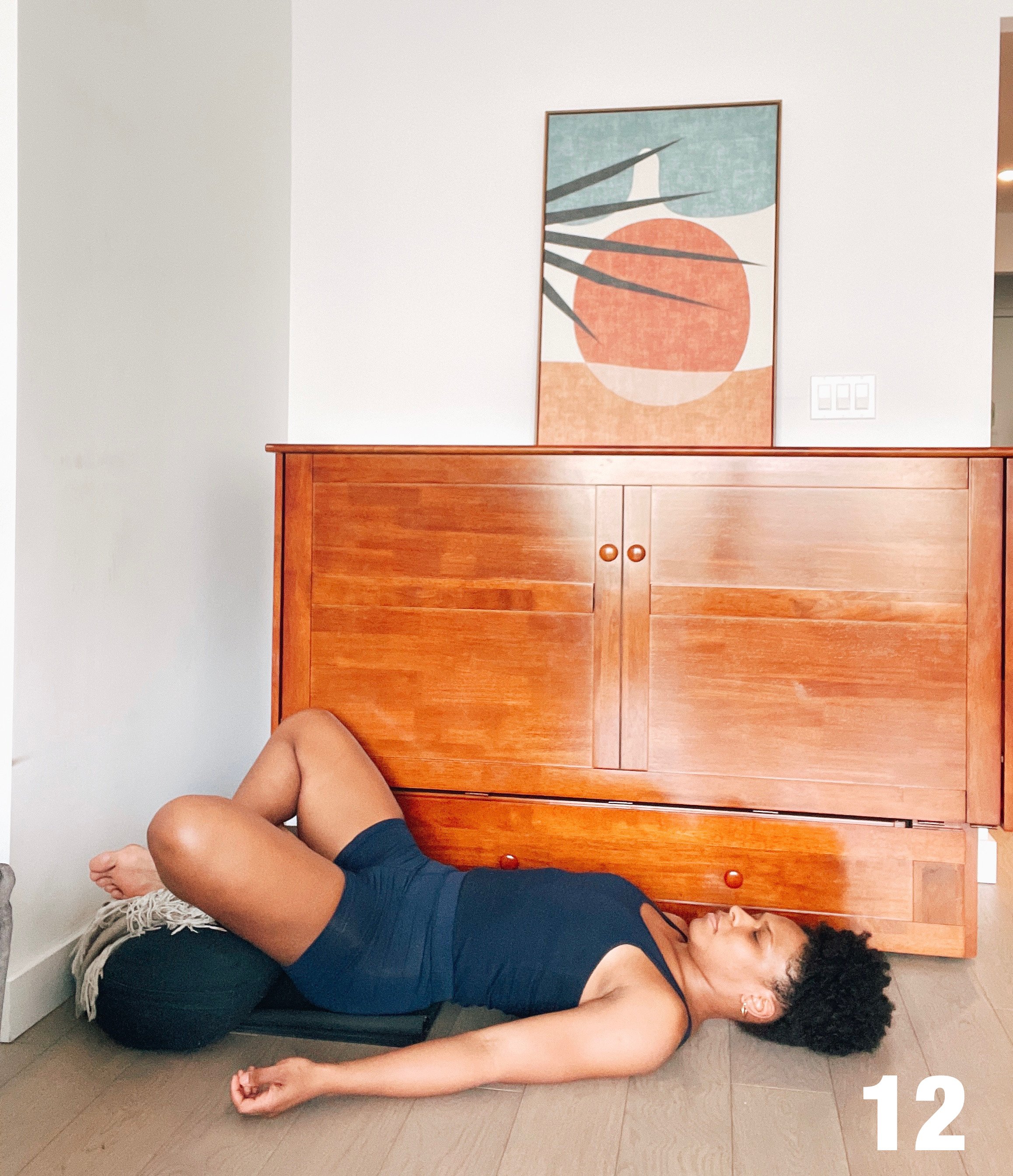Keep Going.
“If you hear the dogs, keep going. If you see the torches in the woods, keep going. If there's shouting after you, keep going. Don't ever stop. If you want a taste of freedom, keep going.”
- Harriet Tubman
Known as the “Moses of her people,” Harriet Tubman was a conductor of the underground railroad, and women’s suffragist. She also served as a nurse, spy, and scout for the Union Army during the civil war. Harriet Tubman was born sometime between 1820- 1822 on a plantation in Dorchester County, Maryland. Her Parents Benjamin Ross and Harriet “Rit” Green named her Araminta, but everyone called her Minty. She later changed her name to Harriet in honor of her mother. Harriet had eight brothers and sisters. Rit did everything she could to keep her family together. Still, three of her daughters were sold away, and the family never saw them again. When Rit found out that her youngest son Moses was to be sold she hid him for a month. When slave owners came to take her son she stood up to them, and said “You are after my son; but the first man that comes into my house, I will split his head open.” Harriet’s “biographers agree that stories told about this event within her family influenced her belief in the possibilities of resistance.”
“Every great dream begins with a dreamer. Always remember, you have within you the strength, the patience, and the passion to reach for the stars to change the world.”
When Harriet was five she was rented out to neighbors to take care of their newborn baby. Harriet spoke of the physical and emotional scars she suffered from being beaten every time the baby cried. “Early signs of her resistance to slavery and its abuses came at age twelve” when she saw the overseer of the plantation attempt to throw a heavy weight at an enslaved man that attempted to runaway. Harriet stepped between the man and the overseer, and the weight hit her in the head. This injury caused her to have headaches, and narcolepsy her whole life. She explained having vivid dreams, and hallucinations which she believed to be visions from God.
“The Lord who told me to take care of my people meant me to do it just as long as I live, and so I did what He told me.”
Sometime around 1844 Harriet married a free Black man named John Tubman. Their marriage was hard. Around the same time Harriet found out that two of her brothers were going to be sold, so Harriet along with her brothers Ben and Henry escaped from their Maryland plantation. At some point both of her brothers changed their minds and went back, but Harriet kept going. With the help of the underground railroad Harriet traveled 90 miles to Pennsylvania to freedom.
“God’s time is always near. He set the North Star in the heavens; He gave me the strength in my limbs; He meant I should be free”
Harriet lived free and on her own working as a housekeeper in Philadelphia, but it wasn’t enough for just her to be free, she knew that she had to help others. She soon returned south and helped her niece and her niece’s children escape. She tried to get her husband to come back with her, but he refused and he had already remarried. “Over the next 10 years, Harriet befriended other abolitionists such as Frederick Douglass, Thomas Garrett and Martha Coffin Wright, and established her own Underground Railroad network.” She made many trips south to continue helping other enslaved people escape to freedom. She also gave instructions to many others so that they could escape on their own.
“It wasn’t me, it was the Lord! I always told Him, ‘I trust you. I don’t know where to go or what to do, but I expect You to lead me,’ and he always did.”
When the civil war broke out Harriet worked as a nurse for union soldiers. “In 1863, Harriet became head of an espionage and scout network for the Union Army. She provided crucial intelligence to Union commanders about Confederate Army supply routes and troops and helped liberate enslaved people to form Black Union regiments.” After the war Harriet settled in Auburn, New York on land that she owned. She married a man named Nelson Davis. Together they adopted a young girl named Gertie. “In 1896, Harriet purchased land adjacent to her home and opened the Harriet Tubman Home for Aged and Indigent Colored People.” Harriet was a strong supporter of the women’s suffragist movement, and actively supported women’s rights especially the rights of Black women. Harriet Tubman’s story, and her legacy is an inspiration for me to never give up. Keep going.
“I was the conductor of the Underground Railroad for eight years, and I can say what most conductors can’t say- I never ran my train off track and I never lost a passenger.”
How Yoga Can Help
“Yoga is the rule book for playing the game of Life, but in this game no one needs to lose. It is tough, and you need to train hard. It requires the willingness to think for yourself, to observe and correct, and to surmount occasional setbacks. It demands honesty, sustained application, and above all love in your heart.”
- B.K.S. Iyengar
This sequence brings awareness to the outer sheath of the body (fingers, wrist, elbows, ankles, knees, toes, shoulders, and hips). This awareness helps us strengthen and stretch the arms and legs. Our arms and legs are part of the “karmendriya” the organs of action that provide the structural foundation for the entire body. By stretching the arms and legs in the poses in this sequence we open the shoulders and hips, and extend the spine to find freedom, space, and bring a general sense of lightness. Off the mat the arms and legs help us move forward in our work, goals, and pursing our passions.
Notes on Practice:
Poses 1- 5
These poses help increase postural awareness. Different hand positions open the wrist and extend the fingers. Stretching the arms and legs lengthens the spine and fully opens the chest.
1. Tadasana (Mountain Pose) Stand in the center of your mat with the feet and legs together. Press the heels down into the mat, tighten the knees and the thighs. Stretch the arms by your sides as you lift and open the chest.
2. Urdhva Baddanguliyasana (Upward Bound Fingers Pose) From tadasana interlock your fingers in front of you, turn the palms forward, and raise your arms over your head. Stretch the arms and legs to fully extend the sides of the body.
3. Paschima Baddanguliyasana (Reverse Bound Fingers Pose) From tadasana interlock your fingers behind your back. Press your heels down, and stretches the arms back as you lift the sides and open the chest.
4. Urdhva Hastasana (Upward Arms Position) From tadasana press the heels down, and lift the arms up over your head. Stretch the arms and legs fully to extend the sides, and open the chest.
5. Tadasana (Mountain Pose) After the different arm variations, and shoulder openers come back to tadasana and observe the new freedom in the sides and space in the chest.
Poses 6- 10
Standing poses energize the body, and increase general vitality. These foundational poses strengthen and stretch the muscles in the arms and legs, and elongate the spine to increase balance and coordination.
6. Utthita Hasta Padasana (Extended Arms and Legs Pose) From tadasana step or jump the feet about 3 1/2- 4 feet apart. Press the heels down, and lift the knees and thighs up. Stretch the arms out to extend the sides, and open the chest.
7. Utthita Trikonasana (Extended Triangle Pose) From Utthita Hasta Padasana turn your left foot in slightly, turn the whole right leg out. Keeping the stretch of the arms and legs bend the trunk to the sides. Stay in this position for 1 minute. Press the heels down, and stretch the top arm to come up. Repeat on the other side.
8. Virabhadrasana II (Warrior Pose II) From Utthita Hasta Padasana turn your left foot in, and the right leg out Stretch the arms, and spread across the chest as you bend your right leg to a right angle. Stay in this position for one minute. To come out of the pose press the back heel down, and stretch the back arm to come up. Repeat on the other side.
9. Utthita Parsvakonasana (Extended Side Angle Pose) From utthita hasta padasana turn your left foot in, and the right leg out. Bend the right leg into a right angle, and bend the trunk to the side. Place the right hand on the floor, or on a block on the outside of the right foot. Stretch the top arm over your head. Stay in this position for 1 minute. To come out of the pose press the back heel down, and stretch the top arm to pull yourself up. Repeat on the opposite side.
10. Prasarita Padottanasana (Wide Foot Pose) From Utthita Hasta Padasana Fold forward and place your hands on the floor shoulder width apart. Walk your hands back toward your feet, and place the crown of your head on the floor. If your head doesn’t reach the floor you can rest your head on a block, stack of books, or a higher support like a chair. Stay in this position for 30 seconds to a minute.
Poses 11 & 12
Supported poses help to rest the body and quiet the mind.
11. Viparita Karani (legs up the wall pose) Fold your sticky mat in fours, and place the short side of the mat to the wall. Place a bolster, folded blankets, or pillows against the wall. Sit sideways against the wall on your support, and swing your legs up the wall so that your hips and back are supported on the bolster, and your shoulders, neck, and head are on the floor. Rest in this position for 5- 10 minutes.
12. Savasana (Final rest position) From Viparita Karani bend your legs, press your feet into the wall, and slide toward your head until your back and buttocks rest on the floor. Cross your legs over the bolster. Rest in this position for 5- 10 minutes.



